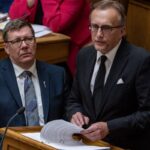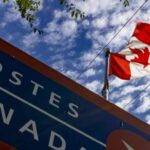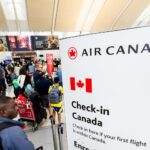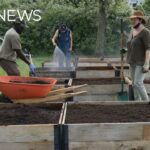The federal government and the Assembly of First Nations have reached an impasse in discussions over Indigenous child welfare reform, with Ottawa claiming negotiations have stalled due to what it characterizes as “unreasonable requests” from First Nations leadership.
In a statement released yesterday, Indigenous Services Minister Patricia Hajdu expressed frustration over the breakdown in talks, which were aimed at implementing the landmark 2022 Indigenous Child Welfare Act. “Despite our government’s commitment to reconciliation and meaningful partnership, we find ourselves unable to proceed due to demands that go well beyond the scope of the original legislation,” Hajdu stated.
At the heart of the dispute lies funding allocation and jurisdictional authority. The AFN has called for $3.2 billion in immediate funding and complete decision-making power over child welfare programs affecting First Nations children, a request Ottawa claims represents a significant departure from previous agreements.
“We’re not asking for anything beyond what’s necessary to protect our children,” countered National Chief Cindy Woodhouse in a press conference held in Winnipeg. “This is about the safety and cultural preservation of Indigenous children who have been failed by the system for generations.”
According to documentation obtained from Canada News, the federal government had proposed a phased implementation of the Act with an initial funding package of $1.8 billion—just over half of what the AFN considers necessary.
The 2022 Indigenous Child Welfare Act, widely considered groundbreaking legislation, was designed to reduce the vastly disproportionate number of Indigenous children in care by gradually transferring authority to Indigenous communities. Currently, Indigenous children represent over 52% of children in foster care despite making up only 7.7% of the child population in Canada.
The breakdown in negotiations has prompted concern from child welfare advocates across the country. Dr. Marvin Thunderchild, director of the Indigenous Child Rights Coalition, told CO24 News that further delays could have devastating consequences.
“Every day these negotiations remain stalled means another day Indigenous children are subject to a system that has historically harmed them,” Thunderchild said. “The evidence is clear that children fare better when their care is directed by their own communities with appropriate resources.”
The political ramifications could be significant as well. Political analyst Rebecca Chen suggested to CO24 Politics that the standoff risks undermining the government’s oft-repeated commitments to reconciliation.
“The current administration has positioned itself as a champion of Indigenous rights,” Chen noted. “This public dispute threatens to erode trust at a critical moment in the relationship between the Crown and First Nations.”
Economic considerations are also at play. According to research from the First Nations Child and Family Caring Society, every dollar invested in preventative, culturally appropriate care saves approximately $7 in long-term social services costs.
“The financial argument for proper funding is actually quite compelling,” explained economist Thomas Wilder in an interview with CO24 Business. “Prevention is invariably less expensive than intervention, and community-based programs have demonstrated better outcomes at lower costs.”
International observers are watching closely. The United Nations Special Rapporteur on Indigenous Rights recently cited Canada’s child welfare system as an ongoing human rights concern, noting that despite promises of reform, progress remains “unacceptably slow.”
As both sides retreat to their corners, the approximately 55,000 Indigenous children currently in care across Canada remain in limbo, caught between systems. Community leaders from British Columbia to Labrador have called for emergency talks to resume.
“This isn’t about politics, it’s about children,” said Elder Mary Redfeather from the Woodland Cree Nation. “Our future generations cannot wait for bureaucracy to catch up to their immediate needs.”
As Canada approaches National Indigenous Peoples Day next month, the question remains: can the government and First Nations leadership find common ground on an issue that both sides agree is fundamentally about protecting the most vulnerable members of society?

























